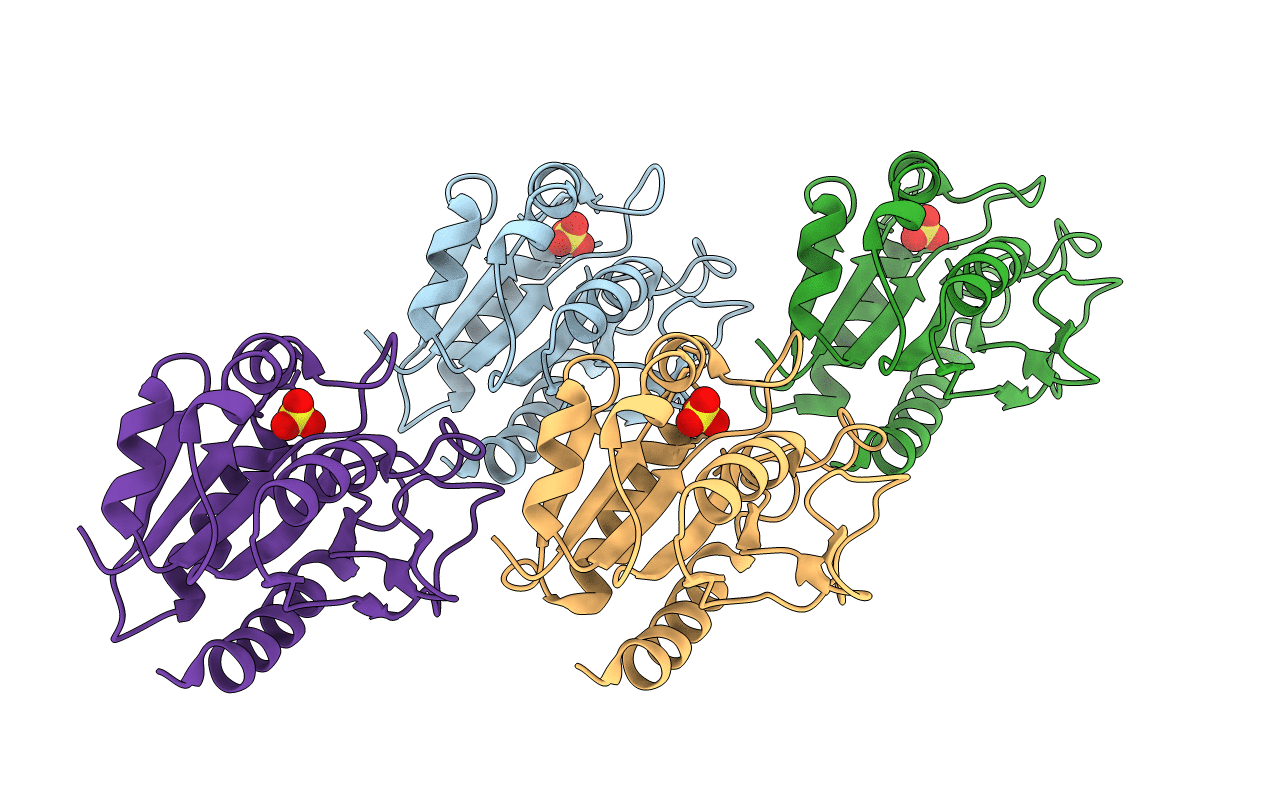
Deposition Date
1999-12-23
Release Date
2000-04-10
Last Version Date
2023-12-06
Entry Detail
Biological Source:
Source Organism:
Nostoc sp. (strain ATCC 29151 / PCC 7119) (Taxon ID: 1168)
Host Organism:
Method Details:
Experimental Method:
Resolution:
2.05 Å
R-Value Free:
0.22
R-Value Work:
0.16
R-Value Observed:
0.16
Space Group:
P 1 21 1


